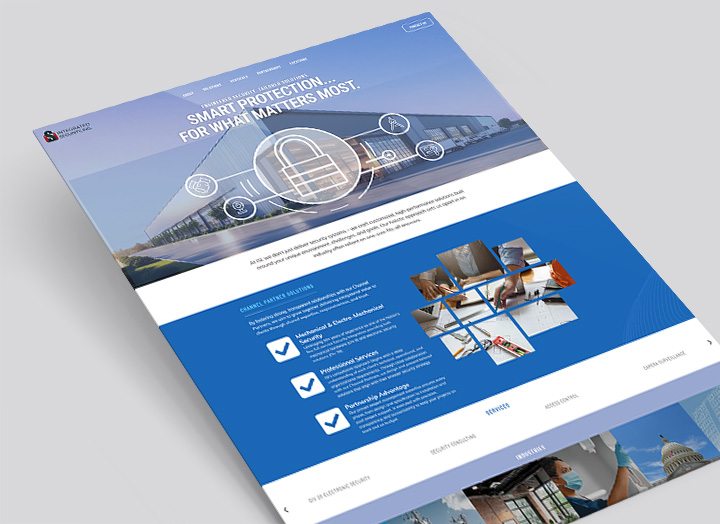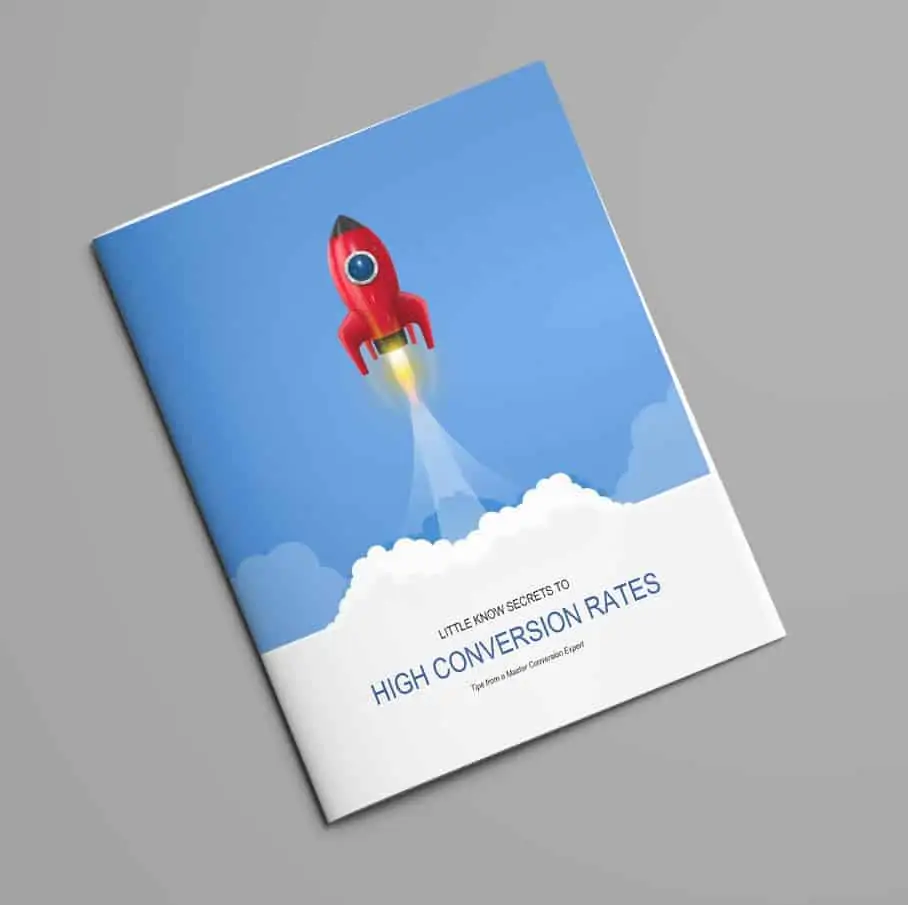It can take quite a while for a new website to gain traction in the organic search results even with the best SEO practices. Website owners want to get their site visible quickly, but unfortunately, the nature of SEO makes it inherently slower than other strategies. Add to that the fact that your website is virtually unknown to Google indexing bots means you are in for a wait.
But there is no better time to start SEO than now. It is a continual and critically important task. Understanding the SEO basics in this article will help you plan a solid foundation for your new website that is flexible and highly scalable.
Choose Your Keywords
Write down the keywords that are relevant to your business, products, and services. For example, if you’re a plumber, your website’s keywords may include plumber, licensed plumber, sink repair, toilet repair, HVAC repair, etc.
Group them according to relevancy. You want your home page to be optimized for the broadest terms. So “plumber” would be assigned to that page. “Licensed plumber” may be assigned to your About page where you can describe your licensing and capabilities.
Assigning your keywords to pages (keyword mapping) helps you create highly relevant content to the selected keywords. It is okay to select 1-3 keyword phrases for each page. Keep the content tightly themed around those keyword phrases to give yourself the best opportunity to rank.
Your Website’s Foundation
At the core of your website there should be a logical navigation in place. It should be intuitive for your human visitors and completely transparent for bots since that is what search engines will send out to crawl through your site. Once you map your keywords and determine your website’s architecture, it becomes easy to create a good navigation system.
Optimal Website Architecture
Think of your website as a pyramid. Search engine crawlers find your pages by following the links from page to page. The home page sits at the top and links to all your primary sub-pages. The primary sub-pages in turn link to additional pages that relate to the topic of the sub-page.

Creating Good Internal Link Structure
Keeping your website in a pyramid format helps you categorize the content. As your website grows – the primary pages act to clearly communicate topic relevance, depth, and expertise to search engines.
It also lays the foundation for you to create a naturally flowing hierarchy – enabling your visitors to go from broad content to more detailed content as they navigate your website. Even if your existing website is not “physically” setup like this, you can easily create a navigation system that groups related content together.
Optimize Each Page
The primary areas for you to focus on are as follows:
Page Title: the HTML title tag, which we also call the page title or SEO title is a hidden tag that appears in the browser’s title bar. Search engines display page titles in their search results. Your most important keyword should appear first which tells the user the overall topic of the page content. Generally, you can have about 55-60 characters in your title. (Example for the services page: Plumbing Services | Joe’s Plumbing San Diego)
Page Headings: Every page in your website should have only one H1 tag for the heading. It should also contain your most important keyword for that page. You can have multiple H2, H3, or H4 headings where you can insert secondary keywords.
Page Content: It goes without saying but create your own original content and use your desired keyword phrases 2-3 times. Search engines tend to favor unique, high-quality, and lengthy content. If you only have 50-200 words per page, this may be a little thin.
Images: Use “alt” tags whenever you place an image. At least one image on the page should contain your keyword. Don’t go overboard with keywords in every alt tag as this could appear spammy.
Meta Description: Also, a hidden tag, this is a sentence or two that accurately describes the topic of your page. Search engines don’t always use your description but if they do, it’s your opportunity to entice users to click. While it has no direct bearing on ranking your site, it does contribute to greater traffic.
Internal Linking: Search engines also look at the actual text you use to link to other pages in your website. This text is called anchor text. The best practice is to use descriptive text (keywords) to link to a page on your site. This helps Google understand the topic of the page. For example, in our sample site the services page would contain a link to the HVAC repair page using that exact text for the link.
Summary
While planning and on-page SEO is a good foundation, being truly successful means considering the external factors that contribute to your ranking. Content marketing, social media, and quality link building are part of a good SEO plan and essential to grow your organic traffic volume.





